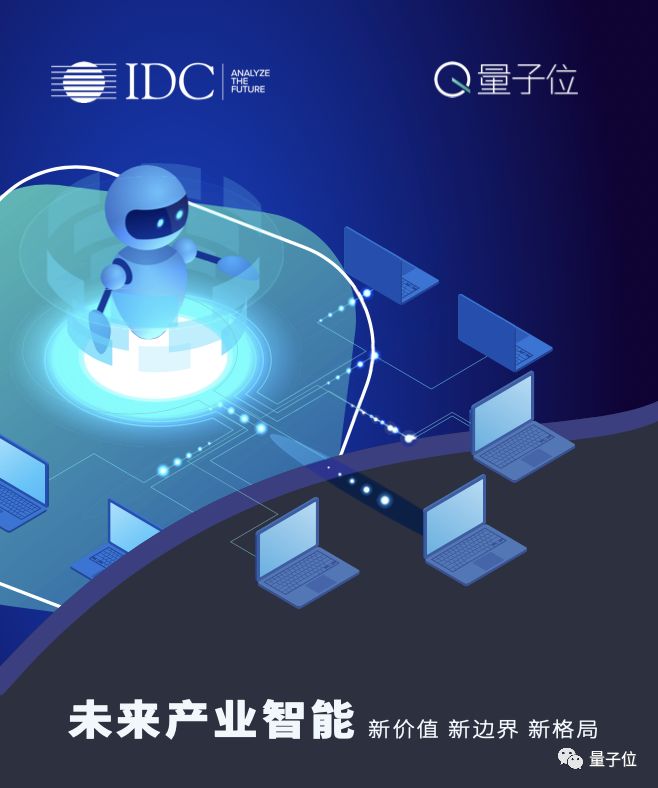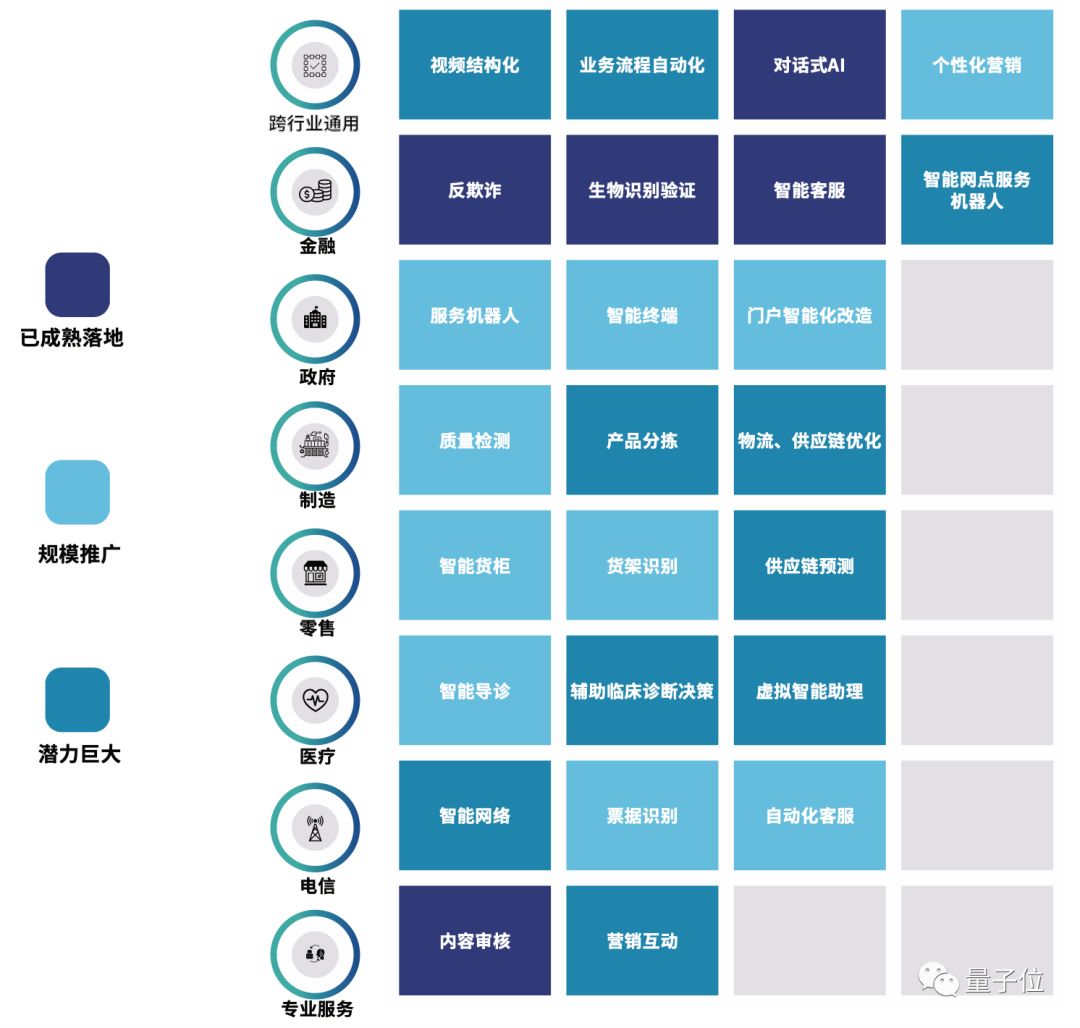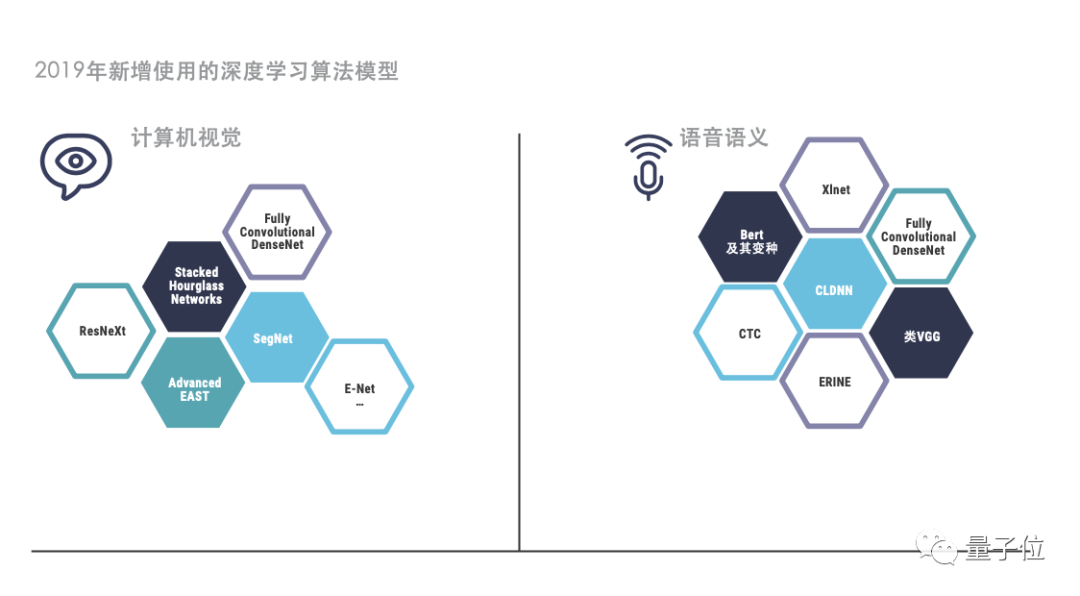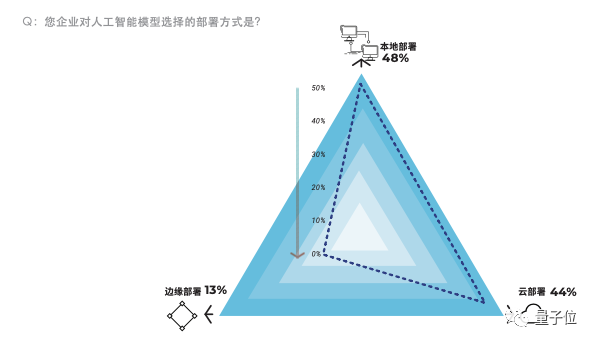The market has many dividends, and it is still a blue ocean. The world is vast and there is still great promise.
Editor’s note: This article is from WeChat public account “ Quabit ” (ID: QbitAI ).
The artificial intelligence has landed, there are directions to refer to.
At the MEET2020 Intelligent Future Conference, IDC and the Qubit released a white paper that comprehensively demonstrated the state of artificial intelligence applications in China in 2019.
This is the first white paper in China that focuses on the application of artificial intelligence. It is also a review and summary of the Chinese artificial intelligence market at the end of the year.
Zhong Zhenshan, vice president of IDC China, believes that this white paper “refutes” some of the cooling ideas encountered in the artificial intelligence market.
He said that China will account for about 12% of the global market in 2019, and it will be the second largest single artificial intelligence market in the world. Although there is still a gap compared to the United States, the growth rate will reach an alarming 64%, becoming the first in the world.
It can be seen that the Chinese artificial intelligence market is still a dynamic market.
Of course, that’s not all there is to say in the white paper. As a major trend in the artificial intelligence industry this year, AI technology and traditional industries have further substantively merged, and the entire industry has undergone new changes, such as:
-
In 2019, although the scale of government investment continues to expand, it is no longer a rare situation in previous years.
-
Many companies in the financial industry have invested hundreds of millions of dollars in artificial intelligence technology.
-
China’s AI technology suppliers currently focus on four major cities: Beijing, Shanghai, Shenzhen, and Hangzhou.
-
In the trend of landing and speeding up, the value that AI brings is not limited to reducing costs and increasing efficiency.
What new value is emerging behind this? Where does the new frontier extend? What new pattern will there be?
Now we can combine this white paper and read it all.
Financial companies invest hundreds of millions of yuan to deploy AI
After the commercialization of artificial intelligence technology, “To G” has become a new business model, and it has also become the main source of AI companies’ first bucket of gold.
The data in the white paper show that the scale of local government investment is still the largest in 2019, but it is no longer the first ride.
With the development of AI technology in To B in recent years, the scale of investment by professional service providers and retailers has caught up.
But the fiercest is the financial industry. Technology investment has increased steadily, and some companies have invested hundreds of millions of yuan in 2019.
Manufacturing, medical, telecommunications and other fields are increasing rapidly, and AI application scenarios are becoming more and more abundant under industrial intelligence.
In the process of landing, the key word is “demand”.
The white paper shows that AI applications with clear business requirements have been gradually promoted in the market. According to different needs, the degree of technology implementation is also different.
In 2019, mature AI applications include anti-fraud in the financial field, biometric authentication, intelligent customer service, and content auditing applications in the service industry.
The artificial intelligence applications that are being promoted on a large scale include government service robots, smart terminals, and intelligent transformation of government tenants.
In addition, intelligent container and shelf identification in the retail industry, quality inspection in the manufacturing industry, intelligent guidance in the medical industry, and security deployment and control applications facing business are also being promoted on a large scale.
Future-oriented, high-potential artificial intelligence applications include cross-industry video structuring, business process automation, intelligent network service robots in the financial sector, marketing interactions in the service sector, supply chain forecasting in the retail industry, and clinical assistance in the medical industry Applications for diagnostic decision-making, virtual assistants, etc.
In addition, the intelligent network of the telecommunications industry will be able to automatically identify network failures and potential attacks, and it is also a potential innovative application in the future.
Super Qicheng enterprises have applied multiple AI technologies
From an enterprise perspective, 73% of respondents said that companies have introduced multiple AI technology capabilities to better meet business needs.
For example, users of the financial industry are involved in a wide range of AI technologies. They are concerned about human and face recognition, OCR, and content security auditing. Manufacturing users focus on image recognition AI technologies.
Professional service / Internet / information service users are also involved in a wide range of technical fields, introducing a variety of AI capabilities such as NLP, machine learning platforms, images, and voice.
Under this trend, technology vendors are also expanding the boundaries of providing AI technology. Speech recognition companies have entered the visual field. Vision startups have cut into voice and chips. Chip companies have added software and algorithms..
Although the pace of innovation in artificial intelligence algorithms has slowed in 2019, the models used by users are more abundant.
The number of artificial intelligence developers has increased rapidly, and the tools used have become increasingly abundant. Industry users generally choose to use more mature tools such as TensorFlow and Pytorch.
In addition, users in mainstream industries also tend to use Scikit-learn, Pandas, SciPy, Caffe / Caffe2 and domestic technology tools such as Baidu Fei Paddle.
More and more developers also choose to shift the adapted artificial intelligence model from local training inference to cloud (44%), edge (13%), and end (48%) operation to improve the efficiency of model deployment. .
Beijing supply exceeds Shanghai and Shenzhen combined
From the perspective of geographical distribution, China’s AI technology suppliers currently focus on the four major cities of Beijing, Shanghai, Shenzhen, and Hangzhou. Among them, there are 547 artificial intelligence companies in Beijing, more than the total of Shanghai and Shenzhen. Lead.






